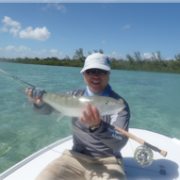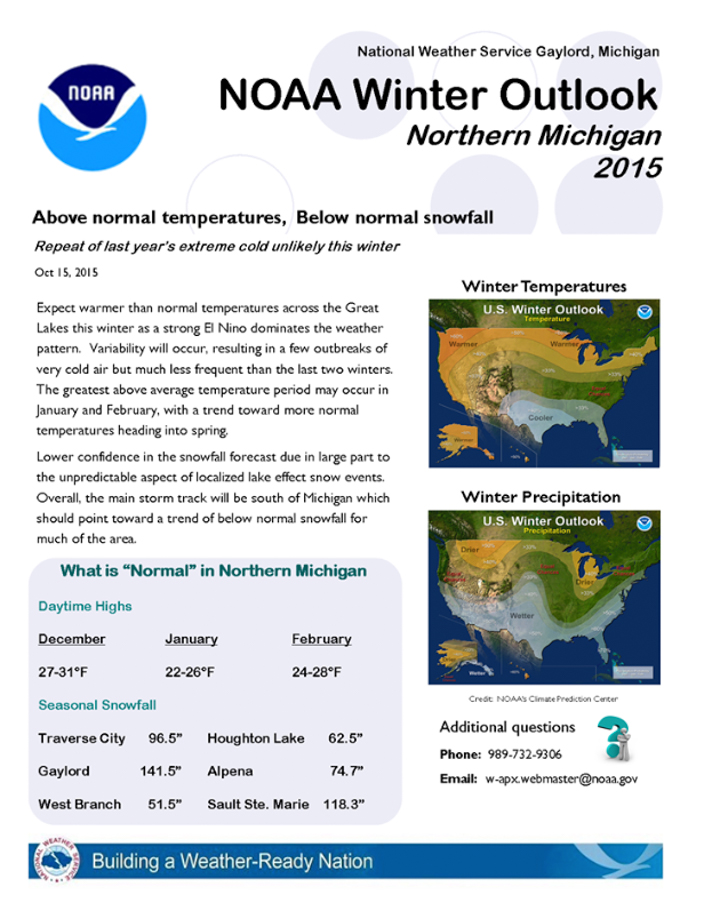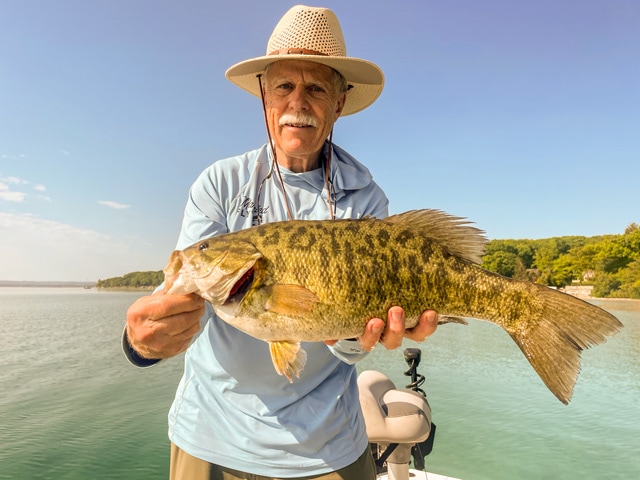October Bonefish – Pic of the Day
Tidal has limited sizes left but is on sale now, get them while they last. New release of Mangled Fly Hats coming soon.
New MI State Record Smallmouth

New MI State Record Smallmouth has been caught. More on the story click here
Radian Review
Anyone who knows me knows that I am not a gear head. I have enjoyed being a member of Scott’s pro staff for more than a decade but will always give you an honest opinion about any given model of Scott rod if you ask. They have made many models of fly rod, and I have owned a lot of them. Many of them–but not all–have been rods that I like. Furthermore, as a guide, I have had the ability to cast a lot of different rods by other manufacturers. This is due to the fact that clients are always bringing their own rods into the boat. In this day and age, it is more difficult to find a truly bad rod. It is even more difficult to find a truly great rod that sets itself apart from all the other choices. To me, a rod has a couple of hoops to jump through to be a truly great rod. The two questions I ask myself are:
1) Is the rod versatile or is it limited in function?–This question is something that each person needs to ask when they purchase a rod. Some rods are great for dry flies, some are great for streamers, etc. Very few can do it all.
2) The second questions that I ask about a rod is something that is more apparent to a fishing guide. That question is “Is this rod durable?”. If you use a rod or reel a reasonable amount during the course of the year, and pack it and dry it after each use, you are not likely to test the limits of durability of your stick. As a guide, rods see constant use and exposure to the elements. It is blatantly obvious over time which rods are consumer grade and which are really meant to last.
There is a rod that has hit the market over last couple of years, the Scott Radian. I am happy to write this brief review that confirms that the Radian is indeed a great rod. It is more than adequate at most tasks, in fact, it is downright awesome at many of them. Furthermore, it is an extremely durable rod. Because of its versatility and its durability,I strongly recommend this rod to anyone looking for a new fly rod for fishing in Midwest waters.
I can’t recommend ever putting your fingers this close to a musky!
Here is a breakdown of the Radians that I have used extensively and a little breakdown on the performance of the rods.
Radian 908/4: This is a great heavy duty freshwater rod. It pairs with 200-300 grain sink tips, and can cast large flies better than many 9 weight rods. It is a good steelhead rod but is also a really nice smallmouth rod. When over lined, it becomes a popper fishing machine. Recently, I took this rod musky fishing alongside of 9 and 10 weight rods. I found that I put the heavier rods away and just fished this one. It was capable of casting the large flies and putting the wood to large toothy ones. I dream of the day that Scott builds the Radian in a 9 weight, but for now this is a great alternative.
Radian 907/4: This is a great streamer/smallmouth rod. As a seven weight, it is more of a niche rod for freshwater use. It is at its best with a floating line for smallmouth fishing or a 200 grain sink tip for below surface work. A good smallmouth rod needs to be able to cast a tight loop, so that flies don’t catch overhanging trees while fishing from the boat. This rod fits the bill.
Radian 906/4: Hey, I am not in the retail business, and wouldn’t typically say this. However, the 906 Radian is one of the finest all purpose freshwater rods for a Michigan angler. I own a few of these; they are my bread and butter guide rod. They are also the rod that can do just about anything you could ask while fishing for trout and smallmouth bass. This rod can cast a dry fly delicately. It has a very satisfying feel when it loads and is equally at home with a sink tip and short leader. It also roll casts nymphs and weight with ease. I don’t think it would have a problem with light duty steelhead fishing for that matter.
When I go out and fish on my own, the 906 is the rod that I always grab. The Little Muskegon River runs behind my house; it is a fair trout stream and a good place to catch smallmouth. Often times I will work my way upstream casting dry flies for trout in the riffles, only to turn around and fish heavy crayfish patterns on the way down for smallmouth. This rod handles both of these tasks easily and enjoyably. It is available with or without a fighting butt, which is a nice option to have. I always use the model with the butt attached, but you may prefer the other option.
Radian Spey 1308/4: I received this rod a few weeks ago. Aesthetically, it is a cool looking rod with orange wraps and an unsnapped blank. When I first put it together, I was a little bit concerned because it is a pretty stiff blank. I have had several shooting head rods with apparently similar action, and really didn’t like them. All this skepticism was put to rest upon the first cast of the rod. It has a great, muscular feel and casted an intermediate skagit line and a scandi head with equal ease.
OK, so these rods are great fishing rods, and they have a great deal of versatility. But how well do they hold up? I can’t guarantee this, but I am pretty sure that they know my name at the Repair Department of Scott Fly Rods. There have been years that I have sent back 15 or more broken rods in a single year. Guiding in the Midwest is inherently hard on equipment. This is especially true when you make your living casting flies with lead eyes through much of the year. Since receiving several of the Radians, not a single one has broken in over a year of heavy use (this is the main reason for this favorable review). They are heavily reinforced as is apparent on the blank. This includes fishing in all sorts of heavy and extreme weather, and being pelted by weighted eyesand split shot. I watched helplessly as a Radian was crushed by the weight of a robust angler. Somehow, the rod survived.
Due to their great performance and durability, I can recommend the Scott Radian line of rods to any Midwest angler. The 6 weight is a star and if you are looking for a fantastic, premium, all around rod, this is the best option I have seen. The other models, including the spey, are equally impressive. The versatility and the durability of the Scott Radians makes them an extraordinary series of fly rod.
Yeti Rambler – Keeps ice Longer
If you have not experienced the advantages of the Yeti Rambler Series yet, stop by your local fly shop and pick one up. From early morning coffee runs, to cold drinks on summer days, to dropping a cube in your favorite adult brown water, the Yeti Rambler series has changed the way liquids are enjoyed.
Erik Rambo shot a short time lapse of the newest Yeti Product the Low Ball , with 4 oz of his favorite Rum poured into the Low Ball. He added one ice cube that was approximately 2″ square into the Low Ball. The initial reading on the digital thermometer was 74 degrees, after the ice cube was added, the temperature dropped to 33 degrees after 3 min. At the end of the short time lapse video, you can see the temperature on the thermometer says 34 degrees. This was after 6 hours of filming. The camera battery died, but there was still ice in the glass.
DETAILS
![]()
![]()
![]()
SA Lines make Muskie possible
Scientific Anglers posts a release pic from one of the Muskie that graced our hands this fall
Crying the Blues – by Jerome Seid
Jerome shares his fishing adventure from the summer, thank you Jerome. If anybody in the Mangled Fly community would like to share there fishing adventures just let me know.
Crying the Blues? Singing the Blues!
Had the opportunity to book a half-day trip during my vacation, with Captain Ken Rafferty out of East Hampton yesterday. A native New Yorker, Ken has been guiding on the east end of Long Island for 35 years, after careers in the music industry in Manhattan and construction business on the Island. I figured a half day would be enough. With a warm day in store for us and bluebird skies, and warm water temps, I had no idea how things would go, in the waters between the north and south forks of Long Island. After a short run to a sand bar, I hooked into a bluefish that was following a surface plug Ken threw out into the rough water on the edge of the bar. Lost that one quickly with a less than stellar strip set due to the early “jitters”. With few fish showing willingness to strike at the plug, we decided to hit “The Ruins”, a bombed out remnant of an historic lighthouse and Fort Tyler that was used by the military for target practice during World War II. We switched to a 450 grain sink-tip, and tied on an epoxy head yellow streamer. Within two casts at about 9 feet depth, I had hooked into what was definitely a good sized fish. Several minutes playing the fish was all that toothy bastard needed to bite thru the leader, leaving nothing but the frayed end as my proof. Several more drifts through the run produced no repeat, so it was off to several other sites off Gardiners Island, a large (5-plus square miles) privately owned piece of real estate in the same family and descendants for nearly 400 years, part of a British Royal Grant of the 1600’s. Trying to bring fish to the surface to provide target was the method for a few hours. The fish were sparse all the way out to Montauk harbor and not cooperating despite my single and double-haul casts. By this time we had travelled 20 miles or so, and had to gas up. I was tempted to grab a lobster roll from Gosman’s on the way back out but thought better of it. So, it was back out to the bay, working our way westward , watching for birds to point out the baitfish schools. A couple of hours of frustration later and I was considering calling it a day, when a flock of terns swirled in the distance, swooping to feast. We quickly made our way over and wouldn’t you know it, a tern tangled in my line! After Ken released it uninjured (no picture, sorry), the onslaught began, with blues in the 4-5 pound range hitting my chartreuse Cockroach pattern left and right. I learned that long quick strips without a pause got the best results. The runs were not that of the hundred yard, reel screaming, bonefish variety, but thrilling, nonetheless. Following the birds kept me in fish for the next hour or so, and a half-day soon, became a full day, and I had landed nearly a dozen nice-sized fish, all released successfully and I had my fill. Alas, no striper to show for my efforts, but I got that bluefish on the fly off my bucket list, and I ‘sang’ the blues all the way back to the dock. Next up, the September/October Striper Blitz – maybe even the Striper Derby!
Jerome Seid













